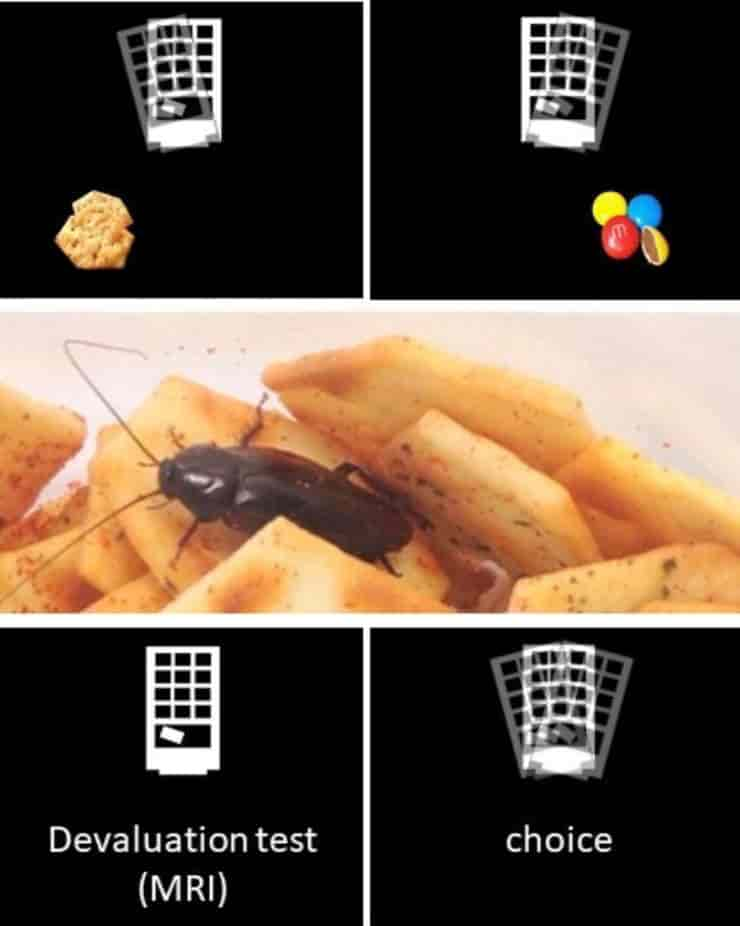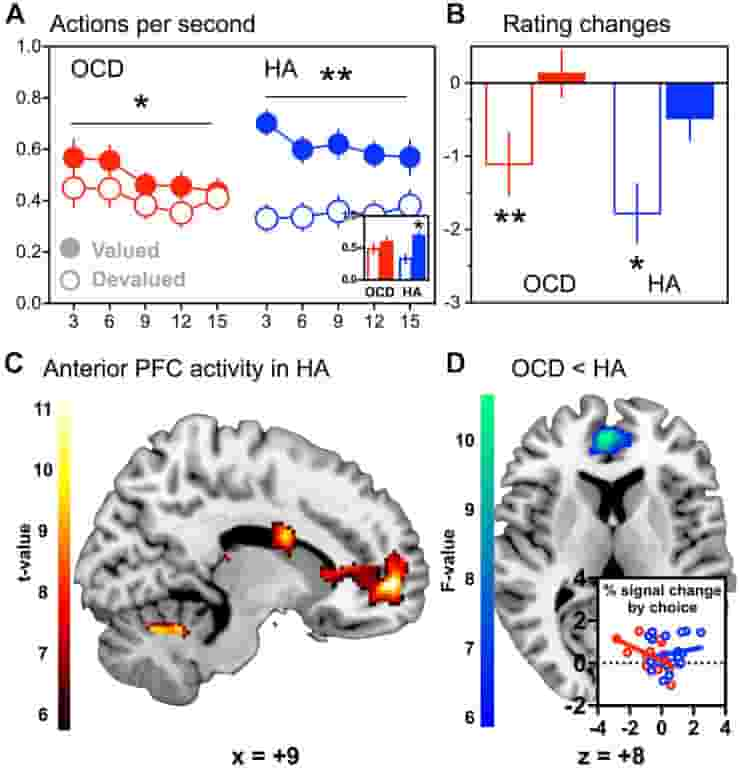According to a new study from UNSW Sydney, teenagers with obsessive-compulsive disorder have difficulties in decision-making and behavioural control. This is connected to aberrant activity in the orbitofrontal cortex brain region.
“OCD is highly prevalent, affecting more than 750,000 Australians. People with OCD get stuck in loops of unwanted thoughts and behaviours,”
said first author Dr. Iain Perkes, Senior Lecturer at UNSW Medicine & Health and child and adolescent psychiatrist in Sydney Children’s Hospitals Network.
Decision-making Control
The researchers wanted to learn more about the biological basis of obsessive-compulsive disorder (OCD) in order to create new treatments. The study focused on adolescents, which is significant considering that OCD often develops throughout infancy or adolescence.
“These repetitive actions, obsessions and compulsions aren’t completely under the control of someone with OCD. Otherwise, they would simply choose not to do them. So, there was good reason to think that those decision-making mechanisms in the brain go awry in the case of OCD,
Dr. Perkes said.
This study isolates the brain mechanisms underlying decision-making, building on earlier research by Scientia Professor Bernard Balleine, who leads the UNSW Decision Neuroscience Lab.
The lab has carried out a comprehensive research program using rat behavioural trials. This is linked with brain investigations to determine which parts of the brain activate and how they communicate in order to aid decision-making. Through collaboration with clinical researchers like Dr. Perkes, this research can now be translated to humans.
Environmental Cues
The study included 21 healthy adolescents and 20 OCD adolescents. Participants completed decision-making activities in exchange for small food rewards. They performed these tasks inside an MRI scanner, which revealed blood flow in their brains associated with brain function.
Participants were tested in terms of their ability to make decisions based on environmental cues, in exchange for food rewards. They learned how to tilt a vending machine in different directions to dispense different snacks, for instance, in one of the activities where they played a computer game.
“We make decisions every day based on environmental cues — for example, stop signals and go signals that we see at traffic lights. These cues allow us to predict the circumstances around us,”
Dr. Perkes said.
Behavioural Difficulty

The participants were shown a video of insects crawling over the food, which diminished its “value” prior to one of the decision-making tasks.
“We wanted to see how changing the value of the reward would change the choice of action for healthy young people, versus young people with OCD,”
Dr. Perkes said.
Adolescents with OCD struggled to make choices and control their behaviour to obtain food incentives when compared to the control group. Furthermore, decreasing the value of the food rewards had minimal effect on their conduct during the activities.
“People with OCD experience difficulties using reward signals to guide their choices in an adaptive way. Those behavioral difficulties are associated with changes in the brain,”
Dr. Perkes said.
Orbitofrontal Cortex
The MRI scans showed different patterns of activity in the brain for adolescents with OCD, compared to healthy adolescents. The differences were particularly strong in the orbitofrontal cortex (OFC), a region of the brain responsible for decision-making, behavioural control and other cognitive functions.

During the two decision-making tasks, specific regions of the OFC in people with OCD were hyperactive, whereas others were hypoactive. These findings are consistent with prior rat research, indicating that certain OFC regions are responsible for these psychological functions.
The researchers also discovered that in teenagers with OCD, activation of the OFC during the tests was related to the severity of OCD symptoms. This strengthens the link between decision-making performance and the illness.
“This is strong evidence that these mechanisms have a core role in the development of OCD,”
Dr. Perkes said.
Lessening OCD Stigma
This study provides more support for the biological basis for OCD. According to Dr. Perkes, people with OCD are sometimes invalidated by others when they struggle with unwanted thoughts and behaviours.
The stigma associated with mental health disorders like OCD is lessening as we become more aware of their biological roots. A better understanding of the root causes and important brain regions for OCD also takes us further toward developing better treatments.
These discoveries, for example, could lead to more precise transcranial magnetic stimulation, which is used to target nerve cells in the brain to treat OCD. Furthermore, understanding OCD decision-making processes may lead to more customized behavioural therapy.
It is known that first-line treatments do not work for one-third of OCD sufferers. Thus, there is a genuine need to keep looking for novel and improved treatment paradigms.
Abstract
Background: Establishing the motivational influences on human action is essential for understanding choice and decision making in health and disease. Here we used tests of value-based decision making, manipulating both predicted and experienced reward values to assess the motivational control of goal-directed action in healthy adolescents and those with obsessive-compulsive disorder (OCD).
Methods: After instrumental training on a two action–two outcome probabilistic task, adolescents (n = 21) underwent Pavlovian conditioning using distinct stimuli predicting either the instrumental outcomes, a third outcome, or nothing. We then assessed functional magnetic resonance imaging during choice tests in which we varied the predicted value, using specific and general Pavlovian-instrumental transfer, and the experienced value, using outcome devaluation. To establish functional significance, we tested a matched cohort of adolescents with OCD (n = 20).
Results: In healthy adolescents, both predicted and experienced values influenced the performance of goal-directed actions, mediated by distinct orbitofrontal-striatal circuits involving the lateral orbitofrontal cortex (OFC) and medial OFC, respectively. However, in adolescents with OCD, choice was insensitive to changes in either predicted or experienced values. These impairments were related to hypoactivity in the lateral OFC and hyperactivity in the medial OFC during specific Pavlovian-instrumental transfer and hypoactivity in the anterior prefrontal cortex, caudate nucleus, and their connectivity in the devaluation test.
Conclusions: We found that predicted and experienced values exerted a potent influence on the performance of goal-directed actions in adolescents via distinct orbitofrontal- and prefrontal-striatal circuits. Furthermore, the influence of these motivational processes was severely blunted in OCD, as was the functional segregation of circuits involving medial and lateral OFC, producing dysregulated action control.
Reference:
- Iain E. Perkes et al. The Motivational Determinants of Human Action, Their Neural Bases and Functional Impact in Adolescents With Obsessive-Compulsive Disorder. Biological Psychiatry Global Open Science (2023). DOI: 10.1016/j.bpsgos.2022.11.004
